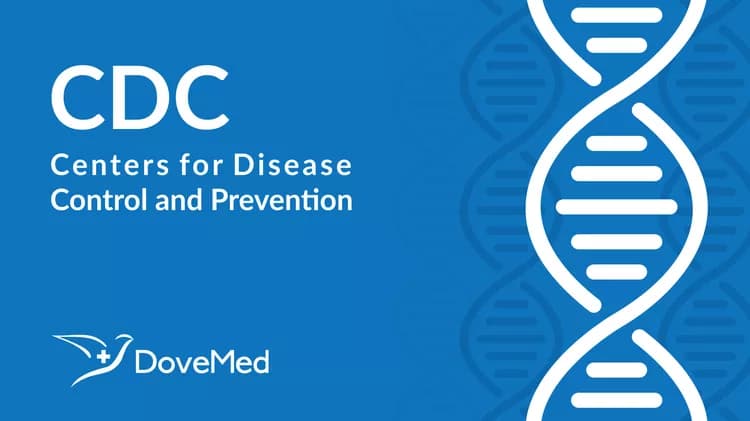
Highest Rates of Leisure-Time Physical Inactivity in Appalachia and South
Highest Rates of Leisure-Time Physical Inactivity in Appalachia and South
CDC releases new estimates for all U.S. counties
Americans who live in parts of Appalachia and the South are the least likely to be physically active in their leisure time, according to estimates released today by the Centers for Disease Control and Prevention. In many counties in those regions, more than 29 percent of adults reported getting no physical activity or exercise other than at their regular job.
The 2004-2008 estimates, posted online at www.cdc.gov/diabetes/statistics, provide county-level estimates for leisure-time physical inactivity for all U.S. counties. Areas where residents are most likely to be active in their free time are the West Coast, Colorado, Minnesota and parts of the Northeast.
States where residents are the least likely to be physically active during leisure time are Alabama, Kentucky, Louisiana, Mississippi, Oklahoma and Tennessee. In those states, physical inactivity rates are 29.2 percent or greater for more than 70 percent of the counties.
A 2008 CDC survey found that 25.4 percent of U.S. adults did not spend any of their free time being physically active, including activities such as walking for exercise, gardening, golfing or running.
CDC previously released maps with estimated levels of diabetes and obesity for all U.S. counties. Combining all three factors produces a map that shows the highest levels of diagnosed diabetes, leisure-time physical inactivity and obesity in the South and parts of Appalachia. The regions with the lowest levels of all three are the West and Northeast.
Physical activity can help control weight, reduce the risk of type 2 diabetes, heart disease and some cancers, strengthen bones and muscles, and improve mental health.
"Physical activity is crucial to managing diabetes and reducing serious complications of the disease," said Ann Albright, Ph.D., R.D., director of CDC's Division of Diabetes Translation. "Moderate intensity activities such as dancing or brisk walking, for just 150 minutes a week, can significantly improve the health of people with diabetes or at high risk for the disease."
The county level leisure-time physical inactivity estimates come from CDC's Behavioral Risk Factor Surveillance System, which uses self-reported data from state-based adult telephone surveys, and 2007 census information. Those participating in the survey were asked if they participated in any physical activities or exercise outside of their regular job.
Community organizations and policymakers can use this information to support health-promoting urban design, land use, and transportation policies in their state, community or neighborhoods. "Chronic diseases, like diabetes, are a burden on our health care system," said Janet E. Fulton, Ph.D., of CDC's Division of Nutrition, Physical Activity and Obesity. "We need changes in communities that make it safe and easy to be active. Sidewalks, street lights, and access to parks or recreation areas can encourage people to get out and move more."
CDC and its partners are working on a variety of initiatives to increase physical activity, reduce obesity and prevent type 2 diabetes. CDC funds 25 states through the state-based Nutrition, Physical Activity and Obesity program that coordinates statewide efforts with multiple partners to address obesity and other chronic conditions. Communities Putting Prevention to Work is a two-year program through which communities and states are funded to reduce the burden of chronic diseases related to obesity and tobacco use through policy, systems and environmental change.
CDC's National Diabetes Prevention Program supports establishing a network of lifestyle intervention programs for overweight or obese people at high risk of developing type 2 diabetes. These interventions emphasize dietary changes, coping skills and group support to help participants lose 5 percent to 7 percent of their body weight and get at least 150 minutes per week of moderate physical activity.
To see county-level estimates of physical inactivity, obesity and diagnosed diabetes, go to www.cdc.gov/diabetes/statistics. For more information on diabetes and preventing type 2 diabetes, visit www.cdc.gov/diabetes. To learn more about CDC's efforts to increase physical activity and reduce obesity, and for more information about nutrition and maintaining a healthy weight, go to www.cdc.gov/obesity.
###
U.S. DEPARTMENT OF HEALTH AND HUMAN SERVICES
Related Articles
Test Your Knowledge
Asked by users
Related Centers
Related Specialties
Related Physicians
Related Procedures
Related Resources
Join DoveHubs
and connect with fellow professionals

0 Comments
Please log in to post a comment.